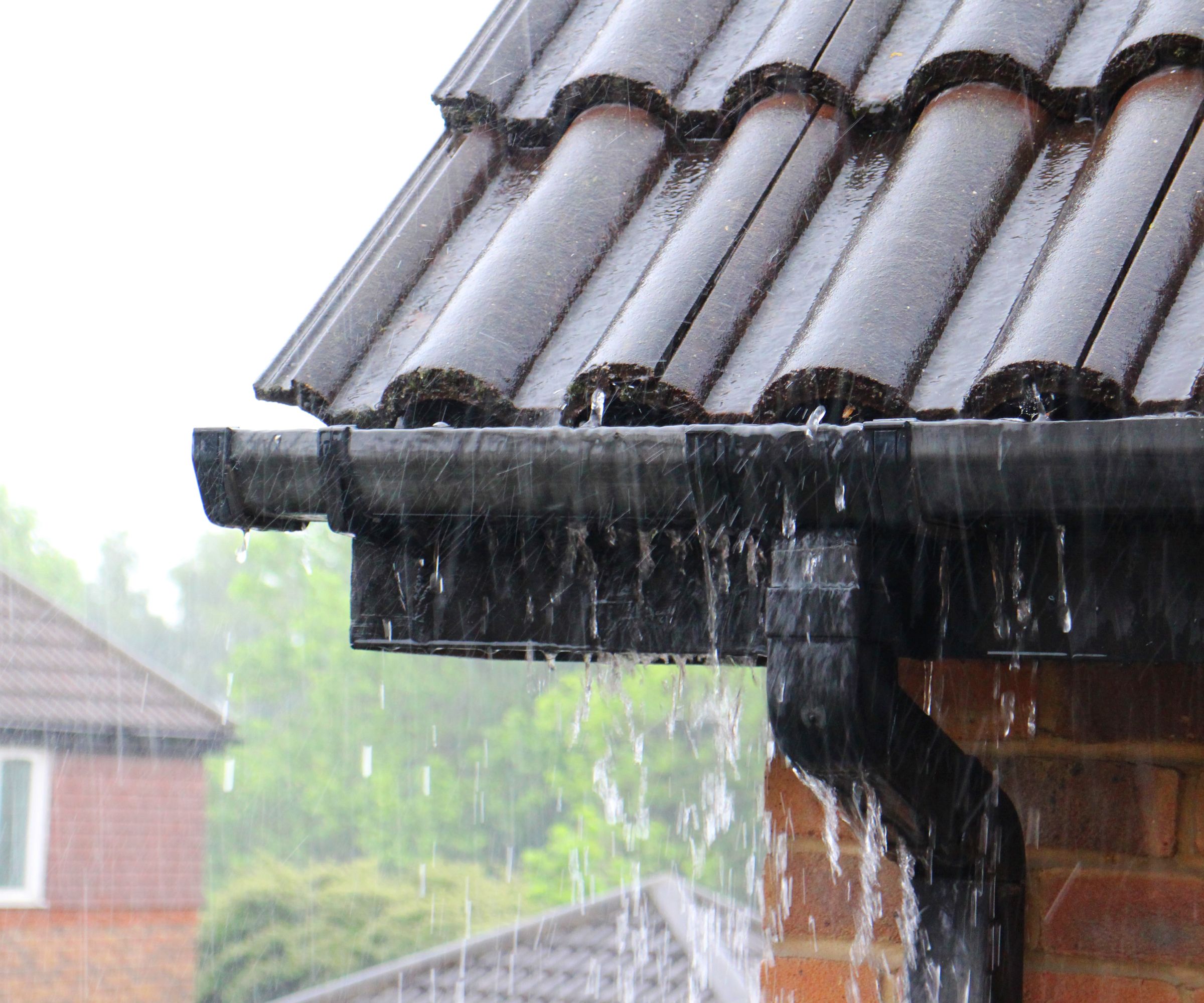As autumn weather sweeps across the UK, keeping gutters clean has never been more important.
Homes with blocked or poorly maintained gutters are at higher risk of leaks, damp, and water damage, and new data shows that where you live can make a big difference in how vulnerable your property is this season.
The latest “Gutter Risk Index” from Eurocell has ranked towns and cities across the UK by combining factors such as rainfall, housing age, and tree cover to find out where properties face the greatest threat from overflowing or damaged gutters.
Where in the UK is most at risk?
The research reveals a clear regional pattern: northern and Welsh cities dominate the top of the list.
|
Rank |
City |
Risk Index /100 |
Notes |
|---|---|---|---|
|
1 |
Preston |
70.63 |
High rainfall, older homes, frequent Atlantic weather |
|
2 |
Swansea |
67.57 |
Coastal exposure and consistent storms |
|
3 |
Cardiff |
64.70 |
Older housing stock, persistent rain |
|
4 |
Liverpool |
56.49 |
Dense tree cover, older terraces |
|
5 |
Birkenhead |
53.61 |
Maritime winds and coastal moisture |
|
6 |
Newport |
52.28 |
Combination of rainfall and mature trees |
|
7 |
Stoke-on-Trent |
51.12 |
Older brick properties and frequent showers |
|
8 |
Blackpool |
50.98 |
Seaside climate with salt-heavy air |
|
9 |
Westminster |
49.31 |
Ageing buildings, dense tree cover |
|
10 |
Bradford |
48.48 |
Regular rainfall and traditional housing |
At the other end of the scale, towns with newer homes and modern drainage infrastructure – such as Milton Keynes, Peterborough, and Reading – recorded some of the lowest risk scores in the country.
How the data was gathered
To create the rankings, analysts compared multiple environmental and housing metrics for major UK towns and cities. These included:
- Average annual rainfall and storm frequency
- Local tree coverage levels
- Age and construction type of housing stock
- Exposure to coastal or maritime weather systems
Each factor contributed to an overall “Gutter Risk Index” score out of 100. By combining this information, researchers were able to highlight where overflowing or damaged guttering is most likely to occur, and how regional weather patterns amplify the problem.
This data-driven approach aims to raise awareness of a seasonal maintenance issue that often goes unnoticed until expensive repairs are needed.
What the data really reveals about UK homes

Beyond the rankings, the figures highlight how weather, housing age and city design combine to shape hidden risks across the UK.
Northern and Welsh cities like Preston, Swansea and Cardiff top the list not just because of rainfall, but because many of their homes were built before modern drainage became standard.
Meanwhile, newer towns such as Milton Keynes and Peterborough rank among the least affected, thanks to updated planning reforms and newer housing stock that channels rainwater more effectively.
However, tree-lined cities – including Manchester, Bradford and parts of London – it was found saw a higher risk of leaf build-up as the report stated: “Liverpool, Wigan, Stoke-on-Trent, Bradford and Manchester face increased risk from dense tree cover and persistent rain, while London boroughs including Westminster, Islington and Bexley feature because of their mature trees and older properties without modern drainage systems.”
As Helen Godsiff, Brand Manager at Eurocell, put it: “Our analysis shows that simple seasonal upkeep is becoming more important as weather patterns shift and homes age. It’s not just about rain – it’s about how well our properties are prepared for it.”
The data ultimately suggests that the UK’s biggest maintenance risk may not be the weather itself, but how ready our homes are to handle it.
View the original article and our Inspiration here


Leave a Reply